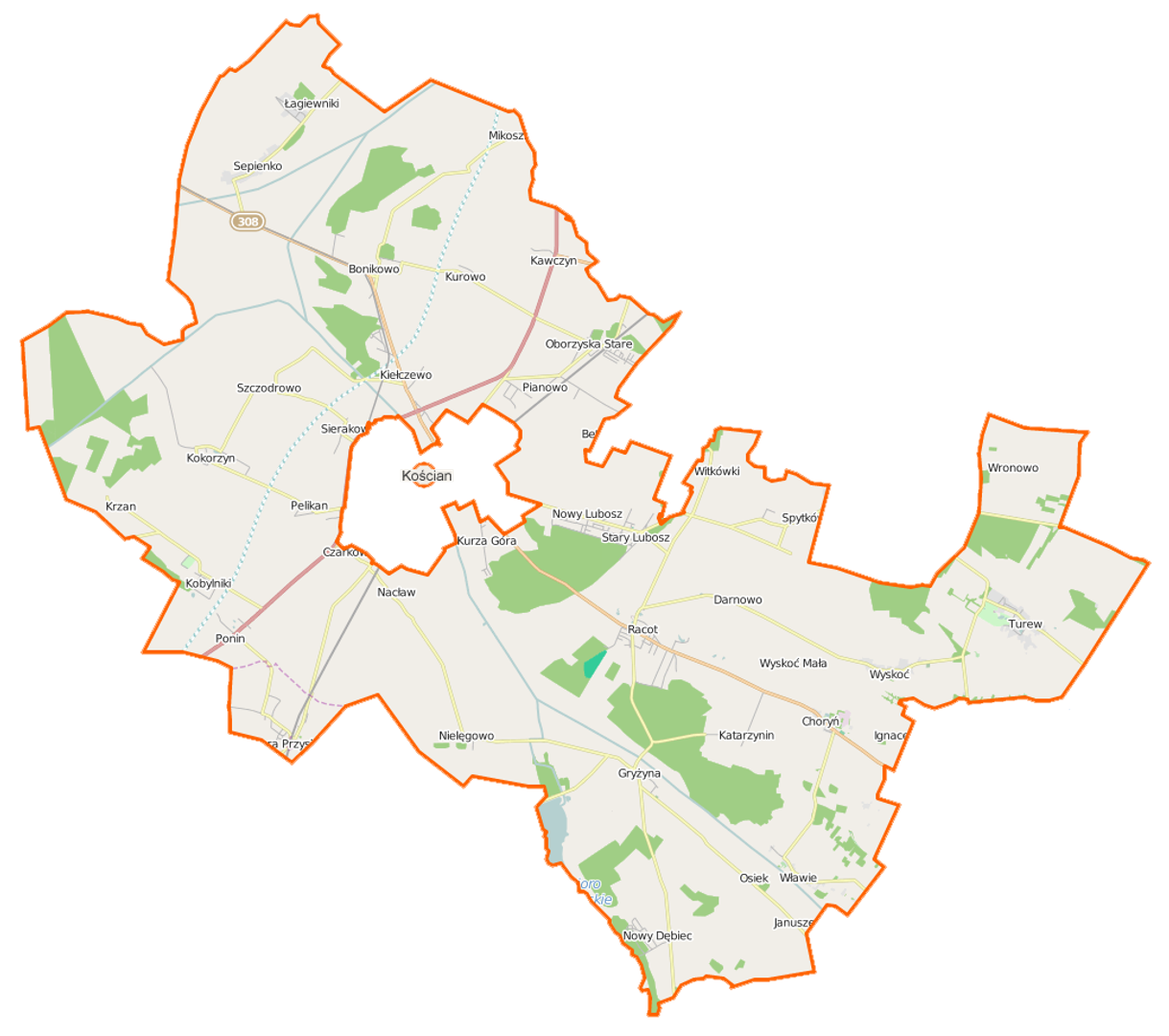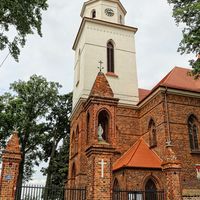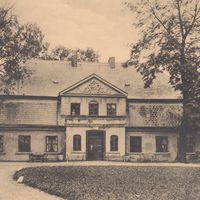Kościan
6.78

Overview
Kościan Commune, located in the Greater Poland Voivodeship, serves as a rural administrative unit within Kościan County. The seat of the commune is the town of Kościan, which plays a significant role in the local structure. Between 1975 and 1998, the commune belonged to the Leszno Voivodeship. According to data as of March 31, 2011, the population of the commune was 15,537. The commune covers an area of 202.27 km², of which 81% is agricultural land and 10% is forested, highlighting the agricultural character of the region. Kościan Commune occupies 27.99% of the area of Kościan County.
In an architectural context, the commune boasts a variety of historical monuments, including historic religious buildings and palaces. Kościan, as a town, has a rich history, and its architecture reflects influences from various eras, making it an interesting destination for tourists. It is also worth noting the local traditions and culture, which are cherished by the residents. The commune hosts numerous cultural events that attract both locals and visitors.
The history of the commune dates back to the Middle Ages, when the area was shaped by ancient trade routes. The region has experienced numerous events that have shaped its identity. The themes of local legends and traditions passed down through generations enrich the history of Kościan Commune. Interestingly, the commune borders towns such as Czempiń and Krzywiń, creating opportunities for joint development and multicultural interactions.
The age pyramid of the population from 2009 provides a demographic snapshot of the commune, indicating a diverse age structure that may influence local services and community needs. Such demographic diversity fosters the creation of various social initiatives. Kościan Commune, with its strong agricultural potential, rich history, and diverse culture, attracts not only residents but also tourists interested in exploring local treasures.
In summary, Kościan Commune is a place that harmoniously combines rich history, tradition, and culture with dynamic development, making it an interesting destination for both residents and visitors.
Location
You can also find here:
2025 Wizytor | All Rights Reserved




